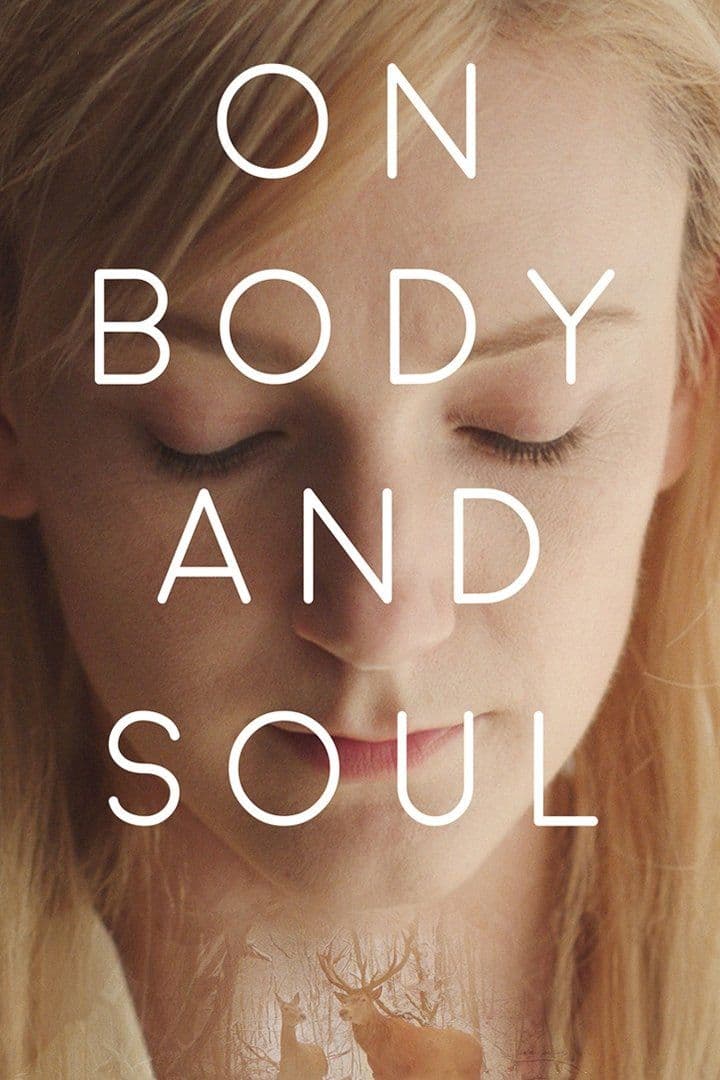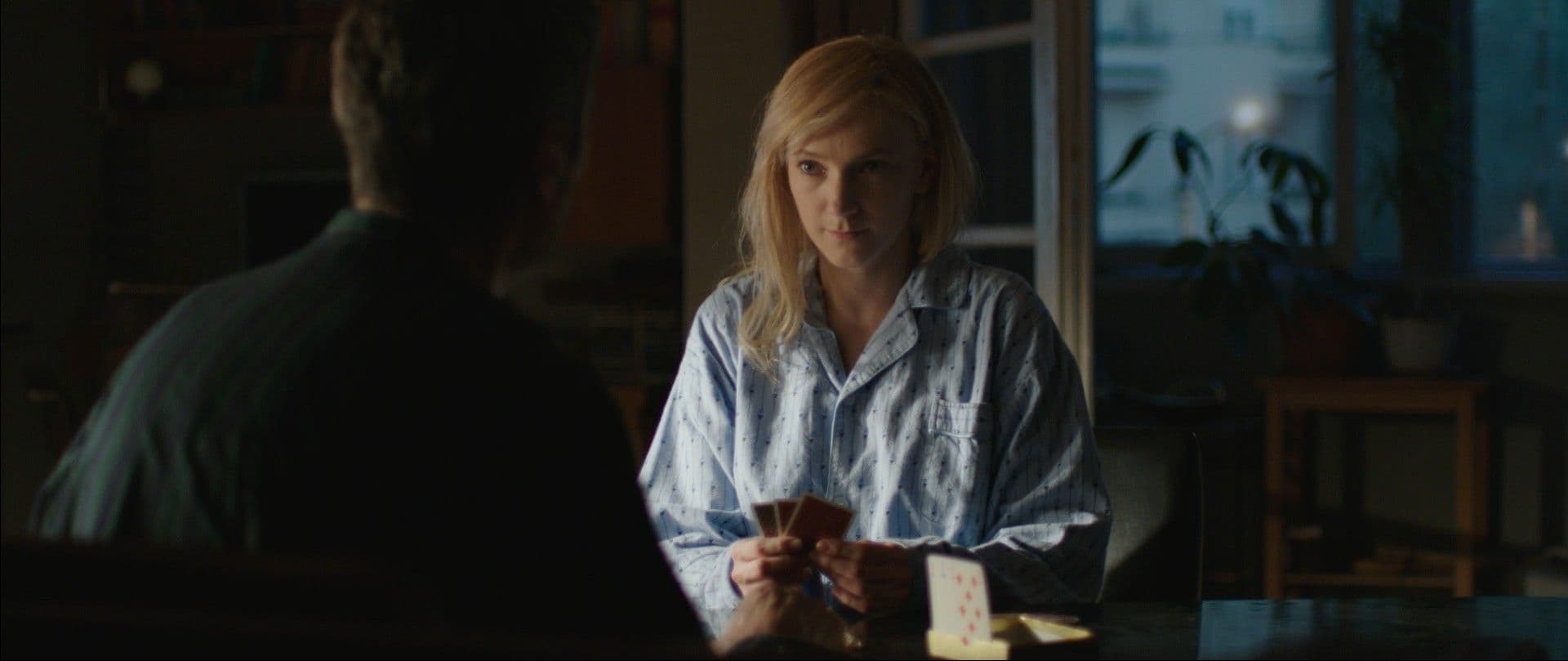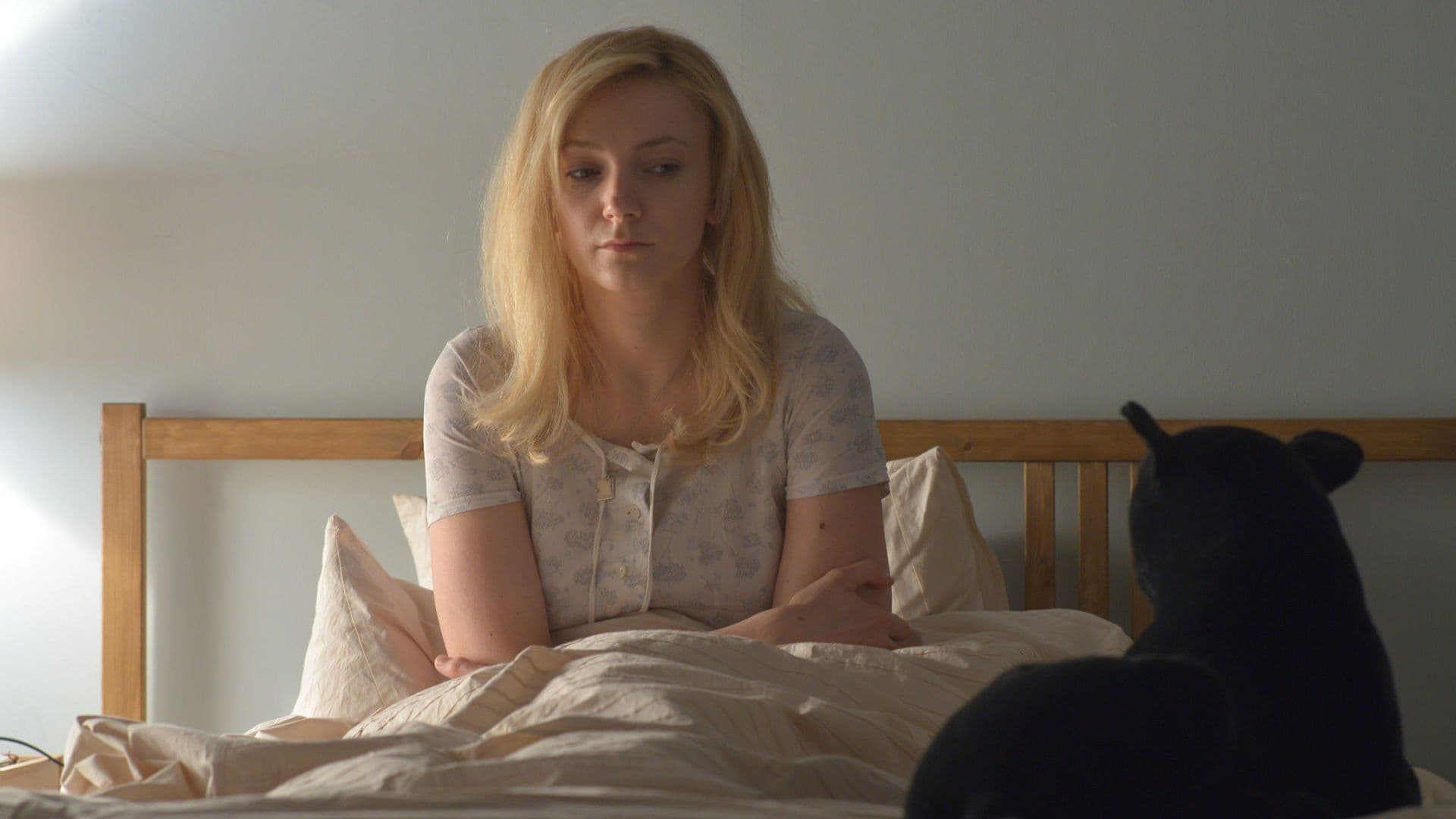
On Body and Soul
2017
Rate this movie
Average: 5.00 / 5
(1 votes)
Director
The cadence of time measured in small things: a slow flow that reverberates through the frames of this film, creating the pulsating picture of a love whispered, askance, without clamor. It is a cinema that breathes anticipation deeply, elevating the ordinary to the extraordinary, compelling the viewer into an almost meditative contemplation, far from the frantic stimulations to which the big screen has accustomed us. This minimalist approach, which echoes the rigorous style of a Robert Bresson or the temporal dilation of certain Eastern European "slow cinema" masters, is not a lazy choice, but a radical aesthetic decision that amplifies every nuance, every missed gaze, every uncertain gesture.
On Body and Soul is one of those rare films where silence is a magnetic field essential to the narrative, becoming its foundational element, building its rarefied poetics. It is not a mere absence of dialogue or soundtrack, but rather a dense silence, pregnant with the unsaid, which allows unexpressed thoughts and dormant emotions to emerge with an almost tangible force. In an often deafening cinematic world, this sonic void transforms into a stage for the characters' interiority, an invitation to listen attentively to the dissonances and harmonies that define their fragile existence.
Ildiko Enyedi is a Hungarian director who returns to the scene with this work after 18 years of absence from sets, a period of time that in cinema history might seem like an eternity, but which here translates into a deep and almost mystical artistic maturation. And indeed, her last film Simon Magus (1999) had been truly interesting, a complex and allegorical work that already explored themes of spirituality and solitude, but with a more ethereal imprint and less anchored to the brutal physicality of everyday life. With On Body and Soul, however, the director achieves an artistic maturity only previously hinted at, shaping a small great pearl of cinematography that rests on the peculiarity of the two main characters and their dreamlike emotional bond. Her return is not just a comeback, but a reaffirmation of a distinctive authorial voice in the landscape of Hungarian cinema, often dominated by more pessimistic or socially explicit visions, such as those of a Béla Tarr. Enyedi, on the other hand, infuses her work with surreal poetry and unexpected tenderness, while maintaining an almost clinical lucidity.
On the outskirts of Budapest, Endre, the elderly and cynical director of a small slaughterhouse, is accustomed to hiding his disabled left arm, along with his emotions, behind a thick curtain that separates him from the world and shields him from the humanity of his peers. His gestures, his words, even his posture—everything about him exudes cynicism, disenchanted irony, and bitter resignation, the mask of a man who has learned to protect himself from pain and disappointment by enclosing himself in an impregnable fortress of solitude. His physical disability is not merely a detail, but a symbol of his inability, or perhaps his fear, to connect fully with others, an objective correlative of his emotional state.
Into his concealed life, unexpectedly, a new figure makes her timid appearance: Mária, the new meat quality inspector, a cryptic and glacially beautiful being who seems totally detached from the social fabric. The young woman has strange behavior: she is excessively meticulous at work, aloof and detached, she does not confide in colleagues and dislikes being touched. Her reactions, bordering on the autistic spectrum, make her an enigmatic and at the same time extraordinarily vulnerable figure. Mária lives in a world of mathematical precision and order, where emotional nuances and social conventions are white noise, an incomprehensible labyrinth. Her hypersensitivity to physical contact and her difficulty managing human interactions make her as marginalized as Endre, albeit for diametrically opposite reasons.
The setting for Endre and Mária's encounter is the cold slaughterhouse, a non-place where the slaughter of cattle rises to an emotional holocaust, and the blood of animals gushing from slaughtered carcasses becomes a kind of amniotic fluid that envelops the two lovers and plunges them into a sensory Limbo where reality and dream interpenetrate. This setting is by no means accidental; it is a programmatic choice that highlights the contrast between the raw, visceral physicality of death and the ethereal delicacy of a love born in the most intimate sphere of the unconscious. The slaughterhouse, with its metallic noises and penetrating odor, is a place of ruthless routine, anonymity, and intrinsic violence that reflects, by antithesis, the profound and almost sacred vulnerability that the two protagonists will learn to share. It is a primordial theater where the suffering of animals becomes a metaphor for human suffering, and where the body, in its most extreme manifestation of fragility and mortality, pushes the soul to seek a transcendent connection.
A small theft within the company walls triggers a series of psychological evaluations performed on all employees: the two thus discover, by recounting the same dream to the psychologist in charge of the tests, that they live on the same dream plane at night. The dream that Endre and Mária share is that of two deer wandering in a chilling, snow-covered forest, drinking in the beauty of nature and their own senses. This revelation is the core of the film, the element of magical realism that elevates the narrative beyond social drama. The deer, ancestral symbols of purity, grace, and innocence, represent their true essence, immaculate and vulnerable, free from the armor imposed by diurnal life. The snow-covered forest is an unspoiled Eden, a spiritual refuge where their souls can meet and connect without the barriers of the body or the anxieties of society.
An unsettling and almost spiritual bond will begin to develop between the two tender outcasts, as their lives increasingly intertwine indissolubly. It is a relationship that, due to its uniqueness, recalls certain unconventional loves in contemporary cinema, such as the connection between man and artificial intelligence in Spike Jonze's Her, although here the matrix is intrinsically human and more deeply rooted in the psyche. The challenge Enyedi poses is the most arduous: how to transpose the ethereal perfection of the dream into the uncomfortable, often brutal, reality of wakefulness? However, are the two dreamers truly ready to experience the catharsis of their love in both body and soul? The answer to this question is a rugged, intimate, and painful path that the film explores with moving delicacy, showing how true intimacy is achieved not in ideal perfection, but in the mutual acceptance of imperfections and wounds, in a courageous journey from dreamlike solitude to the fragility of concrete human connection.
Main Actors
Country
Gallery







Comments
Loading comments...